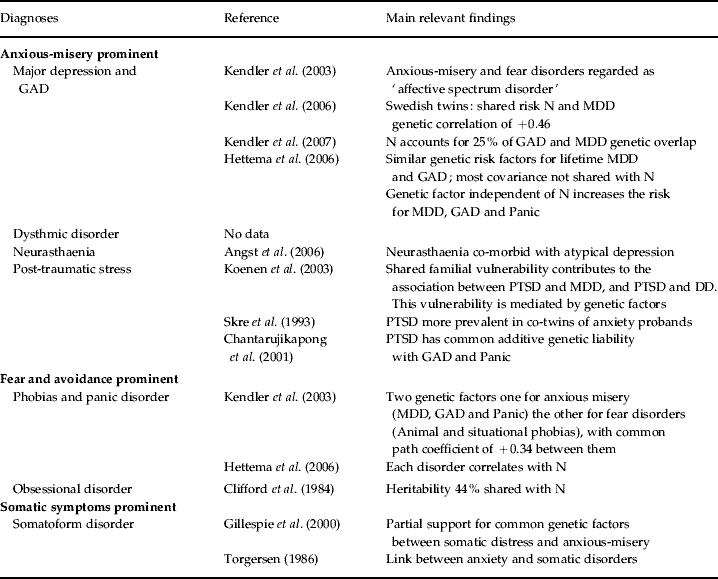
Multiple adverse childhood experiences and trauma are associated with the development of depression later in life. Thyroid and growth hormonal abnormalities have also been implicated in the etiology of mood disorders. Drugs that antagonize NMDA receptors have been researched to have antidepressant properties. GABA is considered to exert its antidepressant effect by inhibiting the ascending monoamine pathways, including mesocortical and mesolimbic systems. Depressed patients have been found to have lower plasma, CSF, and brain GABA levels.

GABA, an inhibitory neurotransmitter, and glutamate and glycine, both of which are major excitatory neurotransmitters are found to play a role in the etiology of depression as well. However, recent theories indicate that it is associated primarily with more complex neuroregulatory systems and neural circuits, causing secondary disturbances of neurotransmitter systems. People with suicidal ideations have been found to have low levels of serotonin metabolites. This has been evidenced by the use of different antidepressants such as selective serotonin receptor inhibitors, serotonin-norepinephrine receptor inhibitors, dopamine-norepinephrine receptor inhibitors in the treatment of depression. MDD was earlier considered to be mainly due to abnormalities in neurotransmitters, especially serotonin, norepinephrine, and dopamine. The etiology of Major depressive disorder is believed to be multifactorial, including biological, genetic, environmental, and psychosocial factors. Per DSM-5, other types of depression falling under the category of depressive disorders are: Children and adolescents with MDD may present with irritable mood. History of a manic or hypomanic episode must be ruled out to make a diagnosis of MDD.

Mdd dsm 5 manual#
Per the Diagnostic and Statistical Manual of Mental Disorders, 5th Edition (DSM-5), an individual must have five of the above-mentioned symptoms, of which one must be a depressed mood or anhedonia causing social or occupational impairment, to be diagnosed with MDD.


It is diagnosed when an individual has a persistently low or depressed mood, anhedonia or decreased interest in pleasurable activities, feelings of guilt or worthlessness, lack of energy, poor concentration, appetite changes, psychomotor retardation or agitation, sleep disturbances, or suicidal thoughts. Persistent reluctance or refusal to sleep away from home or to go to sleep without being near a major attachment figure.Major depressive disorder (MDD) has been ranked as the third cause of the burden of disease worldwide in 2008 by WHO, which has projected that this disease will rank first by 2030. Persistent and excessive fear of or reluctance about being alone or without major attachment figures at home or in other settings. Persistent reluctance or refusal to go out, away from home, to school, to work, or elsewhere because of fear of separation. Persistent and excessive worry about experiencing an untoward event (e.g., getting lost, being kidnapped, having an accident, becoming ill) that causes separation from a major attachment figure. Persistent and excessive worry about losing major attachment figures or about possible harm to them, such as illness, injury, disasters, or death. Recurrent excessive distress when anticipating or experiencing separation from home or from major attachment figures.


 0 kommentar(er)
0 kommentar(er)
